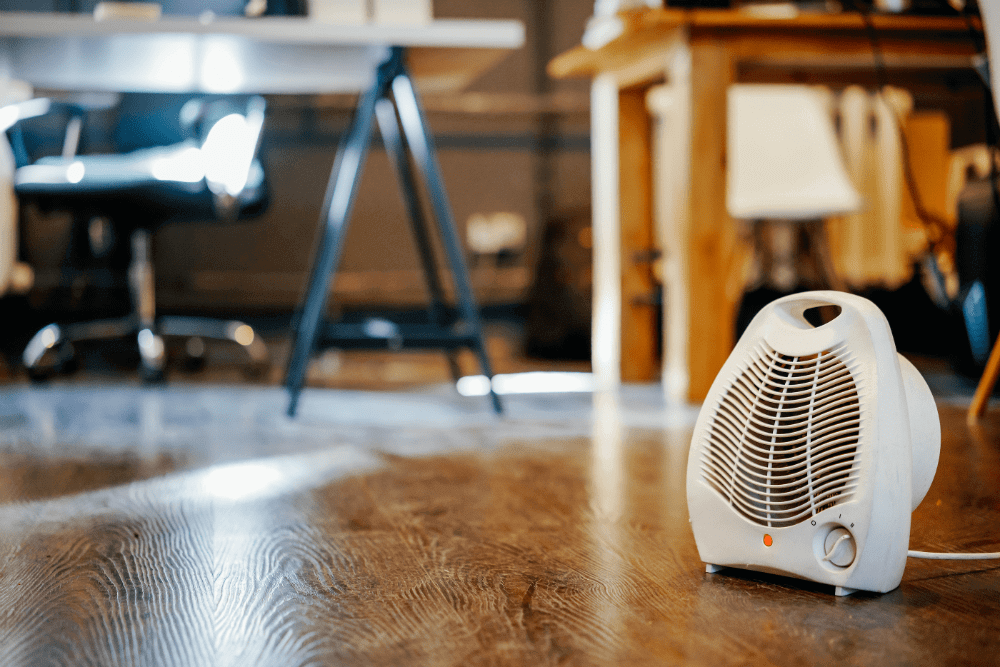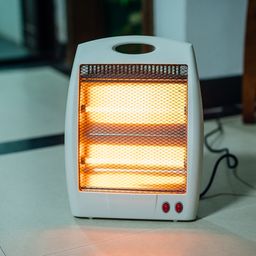Getting The 1 Source Portable Air To Work
Getting The 1 Source Portable Air To Work
Blog Article
The Best Guide To 1 Source Portable Air
Table of ContentsSee This Report about 1 Source Portable AirSome Known Factual Statements About 1 Source Portable Air Indicators on 1 Source Portable Air You Should Know6 Simple Techniques For 1 Source Portable AirThe 1 Source Portable Air Ideas
Running costs are based on an electrical power rate of 40c/kWh. The expenses for 3 months' use in winter months are based on 500 hours utilize, or approximately 6 hours per day for three months. Optimum warm output is based on the optimum wattage of the designs we've checked (we concentrate on greater power level heating systems).
This relies on what expense you're checking out in advance purchase, or running expense? As typical, there are trade-offs with either choice. Typically, tiny fan heating systems are less costly to buy, but can have higher running expenses. Oil column heating systems will be the least expensive on the marketplace to run (typically) yet only by a slim margin ahead of convection heaters (like panel and micathermic panels).
The Best Strategy To Use For 1 Source Portable Air
If you have a relatively easy to fix ceiling fan, it'll assist disperse the warm around the space a lot more uniformly. The models in our electric heating systems examination usually array in rate from well under $100 to over $900, however we've discovered a higher cost doesn't constantly suggest much better performance. A number of pricey heating units have actually failed to impress our testers, while some cheaper models create remarkably good buys.
As the name suggests, they radiate heat from a red-hot heating element (so the family members will have to take turns sitting in front of it). Radiant heating systems are fairly cost-effective.
The relatively revealed heating aspect can be a fire and safety threat. For example, an item of clothes went down over it might ignite, or tiny children messing around a flooring design might melt themselves, so take care. Glowing heating units typically set you back in between $20 and $200. Oil-filled column heating systems do not actually melt oil they use electrical power to heat the oil that's sealed inside their columns or 'fins'.
Not known Facts About 1 Source Portable Air
Some column heating units aren't also oil-filled yet instead make use of other material or home heating modern technology to work the same means - 1 Source Portable Air. The risk of fire with an oil column heating unit is low compared to various other heating system kinds, yet never zero. Oil heating systems don't have exposed aspects like radiant heating units do, and their surface temperature is less than several other heater kinds (their large surface makes up for it)
Oil column heating units won't blow up, and while they do not shed their oil to generate heat, it's still flammable, so there is a fire threat if the oil leakages, if the heating system topple and leakages, or if combustible items or material come into call or fall on the heating system. You should work out the very same degree of caution with oil heating systems when it comes to other heating system types, and never ever hang towels or garments over one to completely dry them make use of a drying you can try these out shelf rather, at the very least one metre away.
Column heating systems are specifically beneficial in rooms where they'll be changed on for lengthy periods of time or where they'll operate ignored, such as over night in a bed room. The surface areas you're likely to discuss a column heater don't obtain as hot as other sorts of electric heating systems. You can make use of a ceiling follower on really low speed to aid the column heater to disperse the warmth faster and a lot more equally.
Oil-filled column heating units usually set you back in between $50 and $450. Convection and panel heating systems draw cool air over an electric heating aspect.
1 Source Portable Air Fundamentals Explained

Convection and panel heaters are much more mobile than their oil-filled column heating system counterparts due to the fact that they're considerably lighter. Like a column heater, you can make use of a ceiling fan on very reduced rate to disperse the warmth quicker and much more uniformly.

1 Source Portable Air Fundamentals Explained
Follower heating units are often smaller sized and a lot more mobile than other electric heating systems. They likewise can be found in the form of tower fan heating systems, which can be much better for dispersing heat around bigger spaces because of their taller account. They can heat the air in a space much more rapidly, uniformly and rapidly than some various other heating unit kinds.
They can be rather loud with the fan on complete power, though are usually sensibly quiet at reduced follower speeds. Follower heaters additional resources (ceramic or otherwise) usually expense between $60 and $900. Ceramic follower heating systems aren't always any type of various in rate to non-ceramic designs. A fairly recent entrant right into the consumer market, infrared heating systems heat the area like the sun heats your face (without the UV rays so no risk of skin cancer). 1 Source Portable Air.
Report this page